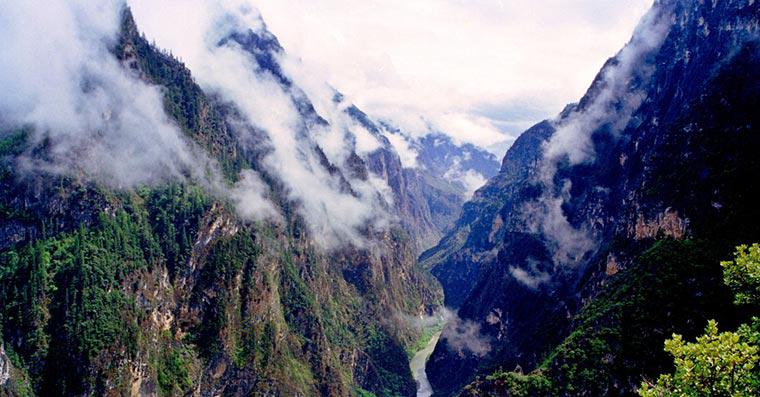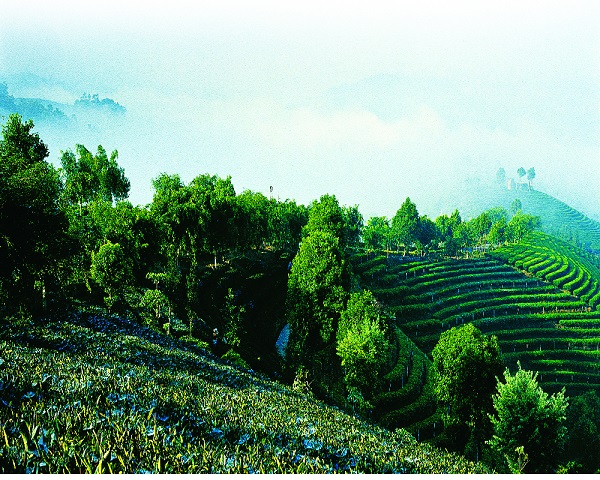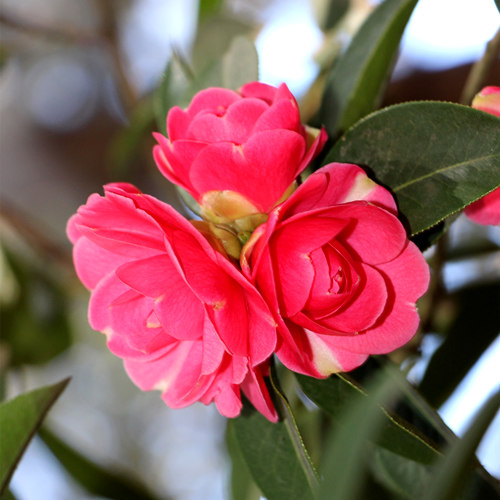
Detailed Introduction to Qiubei County of Wenshan Prefecture
1. Overview
Qiubei County lies in the northeastern corner of Wenshan Prefecture, bordering Guangxi to the east and Guizhou to the north. Covering about 2,122 km², it is home to roughly 350,000 people. Qiubei serves as an important hub linking the karst landscapes of southern Guizhou with the terraced hills of southeastern Yunnan.
2. Geography & Climate
Topography: A mosaic of karst peaks, rolling limestone hills, and fertile river valleys. Elevations range from 350 m in the Jinsha River valley up to 1,800 m on the border ridges.
Major Rivers: The Xichou–Qiubei River and its tributaries carve deep valleys that sustain paddy terraces and subtropical forests.
Climate: Subtropical plateau monsoon climate with marked wet (May–September) and dry (October–April) seasons.
Average annual temperature: 16–18 °C
Annual rainfall: ~1,200 mm, concentrated in summer
3. Administrative Divisions & Population
Seat: Juekui Town (爵奎镇)
Divisions: 3 towns (including Juekui and Dayin) and 6 townships, among them ethnic Yi and Zhuang townships.
Population: ~350,000, of whom about 60% are ethnic minorities—principally Zhuang, Miao, Yi, Yao, and Han.
4. Economy & Agriculture
Staple Crops: Rice terraces in valley bottoms; maize and sweet potato on higher slopes.
Cash Crops:
Tobacco and tea flourish on sunny karst ridges.
Tropical fruits (bananas, mangosteen) in the warmest valleys.
Aquaculture: Small-scale carp and shrimp ponds fed by mountain streams.
Industry: Light processing of tea, tobacco leaf, and local bamboo crafts; growing eco‑tourism services around scenic sites.
5. Ethnic Culture & Festivals
Zhuang Sanyuesan (三月三): Spring song‐contest festival on the third day of the third lunar month, featuring boat races and traditional dances.
Miao Sisters’ Meal Festival (姐妹节): A courtship ritual where young Miao women invite suitors for picnics in the hills.
Yi Torch Festival: Bonfire celebrations and livestock parades to pray for good harvests.
Yao Panwang Festival: Ancestor‐worship rites and communal feasts in Yao villages.
Traditional crafts include Zhuang brocade weaving, Miao silver filigree, and Yi wood carving, often exhibited at the county’s ethnic culture museum.
6. Key Attractions
Fairy Mountain (仙山国家森林公园)
A forest park of evergreen pines, waterfalls, and hiking trails with panoramic views over karst peaks.
Malipo Karst Terraces (马坡岩溶梯田)
Limestone‐carved rice terraces that glow golden at harvest and reflect the sky in the flooded season.
Nongke Hot Springs (农科温泉)
Geothermal springs set in a pine‐fringed valley, with resorts offering wellness and spa treatments.
Longjing (Dragon Well) Scenic Area
A network of caves, karst towers, and emerald pools tied to local Yi legends of dragons and guardians.
7. Transportation
Road: Provincial Highway S212 links Qiubei with Wenshan City (≈2 hrs) and Funing County to the north. County‐level roads serve all major towns and scenic spots.
Rail/Air: No direct rail or airport; nearest stations and the Wenshan Yanshan Airport are in Wenshan City.
8. Development & Outlook
Qiubei is positioning itself as an eco‐cultural tourism destination, leveraging its ethnic heritage, karst landscapes, and wellness resources. Sustainable initiatives in organic tea and fruit cultivation, combined with community‐run guesthouses in traditional villages, aim to boost local incomes while preserving cultural and ecological assets.



